A bearing is a piece of equipment that enables a machine to move in both directions simultaneously. In terms of look, it resembles a wheel. It allows devices to roll and decreases the amount of friction. There is a spherical ball in a “ball bearing” because of the existence of the rolling element.
Many different ball bearings are available on the market, each with a specific purpose. A shielded ball bearing keeps the rolling components free of dirt and debris, and its balls are protected from the outer world by the rubber. There is an internal lubricant, which guarantees that the seal is intact. Here are the types of bearing and their applications in details.
List of bearing types & their application chart
#1 Ball Bearings
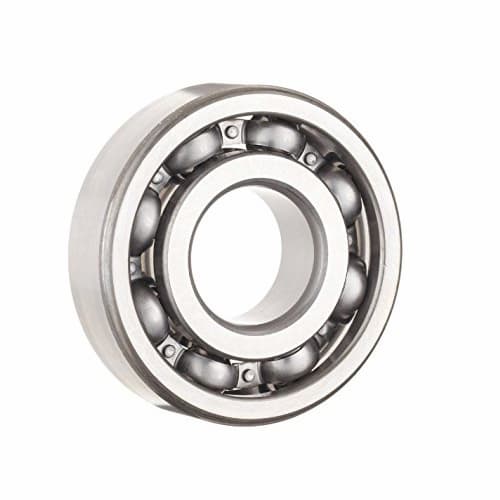
Among the list of bearing types, this one is prevalent. A ball bearing’s dual role of reducing rotational friction and supporting radial and axial loads is one of its primary purposes. Ball bearings are by far the most prevalent kind of rolling element. Races (another name for the inner and outer rings) are made up of rows of spherical balls that split them in half. As the bearing is subjected to radial or axial loads, the inner or outer rings move, which causes the balls to rotate.
- Deep Groove Ball Bearing
Deep-groove bearings generate more stable balls and withstand heavier loads than shallow-groove bearings. The deep groove helps to decrease vibration and noise while also allowing for some axial load capacity to be attained, even though they still have very little friction.
- Angular Contact Ball Bearing
In equipment that requires high accuracy and long-term durability, angular contact bearings, sometimes known as “spindle bearings,” are used. Angular contact bearings provide a much higher speed rating than radial contact bearings because of the continuous contact between the balls and both rings.
- Self-aligning Ball Bearing
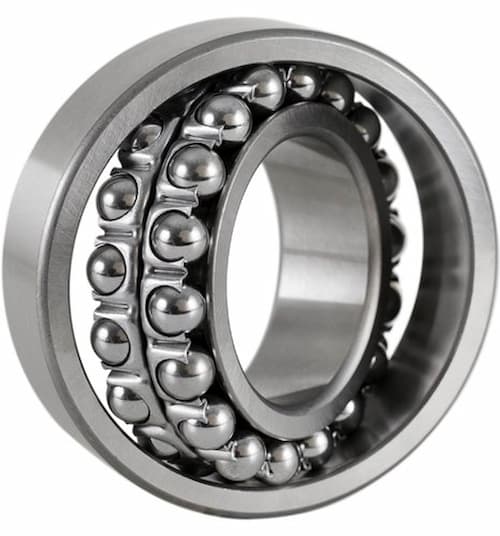
In the classification of bearings, It is possible to run self-aligning ball bearings at faster speeds while maintaining a lower operating temperature than any other rolling bearing. Bearing life and maintenance intervals are extended due to the minimal quantity of heat produced by the motor.
- Thrust Ball Bearing
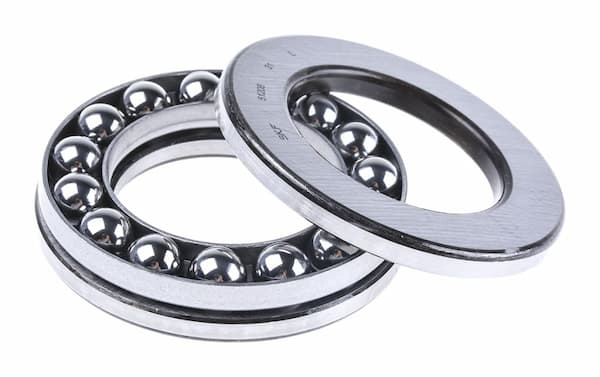
Thrust bearings are utilized to resist axial thrust for horizontal and vertical shafts. These functions are critical for transmitting thrust loads given to the shaft and preventing the post from wandering axially. In the bearing types chart, you cannot avoid this one.
#2 Roller Bearings
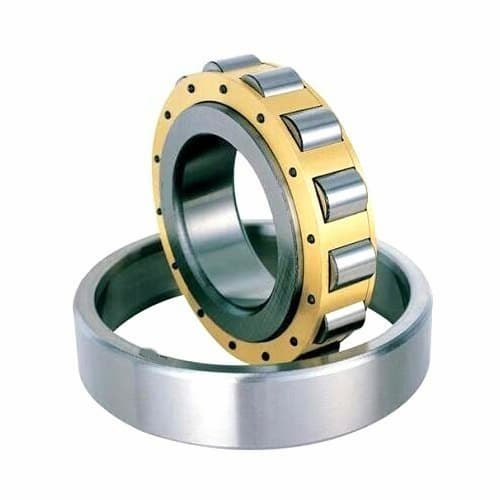
There are no extra load effects on the bearings when using roller bearings in the primary or secondary drive shafts since they are designed to handle just the pure radial loads. All primary and auxiliary drive shaft applications employ them to handle pure radial loads. You can find the difference between ball bearing and roller bearing in this post.
- Spherical Roller Bearing
Spherical roller bearings are rolling-element bearings that enable rotation with little friction while allowing for the misalignment of the angular axis of the rollers. It is generally accepted that a spinning shaft is supported by these bearings, which may be misaligned regarding the outer ring inside the bore of the inner circle.
- Cylindrical Roller Bearing
Cylindrical roller bearings differ from other types of bearings in that they use cylinders as rolling components rather than the balls found in ball bearings, as is the case with ball bearings. The cylinders’ length exceeds their diameter by a factor of around two.
The radial load capacity of circular roller bearings is greater than that of ball bearings. As a result, they can withstand far greater speeds than other types of roller bearings due to cylindrical rollers.
- Tapered Roller Bearing
Axially and radially load-bearing bearings are widely found in gearboxes, hoists, rolling mills, mining machinery, and similar applications. They can handle both axial and radial loads. They include bearings with tapered rollers and those with tapered inner and outer rings.
- Needle Roller Bearing

When it comes to needle roller bearings, using mating surfaces as both inner and outer raceways is a considerable benefit. The hardness of the raceway is utilized to calculate bearing load values in most circumstances. Lower values imply that the bearing-raceway combination has lost its capacity.
#3 Plain Bearings

Function Plain bearings are used in engines to support and guide moving parts. Their primary purpose is to make it possible for these parts to rotate with little to no wear. One or two plain bearing shells are fastened in the bearing seat.
The fluid film is fully lubricated, even at startup and shutdown. Thus there is no excessive wear danger—convenience: smaller and less expensive than hydrodynamic bearings with equivalent load capacity.
#4 Fluid Bearings
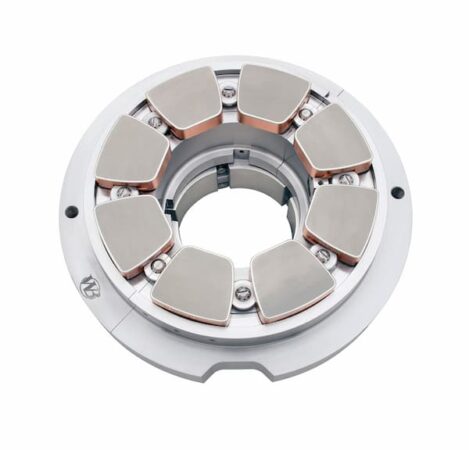
Fluid bearings, commonly oil bearings, are advantageous and crucial for rotating machinery in business. Optimum rotor impedance, vibration and force transmission to low-amplitude bearings, and passage of critical speed and regular operation are all possible, allowing for stability to be maintained.
#5 Magnetic Bearings
While we use magnetic bearings, a spinning shaft may be lifted and moved with little friction, while mechanical wear and tear are almost eliminated. In contrast to other varieties, magnetic bearings have no upper-speed restriction and can operate at nearly any speed. This one has a special place in the Types of bearing and their applications.
#6 Jewel Bearings
Numerous advantages of jewel bearings include minimal and predictable friction; small size; good temperature stability; the capacity to function without lubrication; the ability to operate in corrosive settings; and the ability to work without lubrication and under adverse conditions. Furthermore, the static friction of these materials is relatively consistent.
#7 Flexure Bearings
There are several applications for flexure bearings. Bearings produce motion at the microscopic level by bending materials. As a consequence, the bearing’s friction is relatively uniform. Flexure bearings are often employed in high-precision measuring equipment because of their excellent accuracy.
Conclusion
If you still have doubts regarding different types of bearings and confused which one to use, connect with Padia Enterprise, an IKO authorized bearing importer, distributor in India. Gearboxes, wheels, and other rotating parts of a machine are often coupled to bearings so that they may move freely in one plane but cannot move in any other. However, you may buy standard bearings for a particular machine or appliance. Still, there are few instances when you may require custom-made bearings ordered that are suitable for explicit pieces of equipment.










Leave a Reply